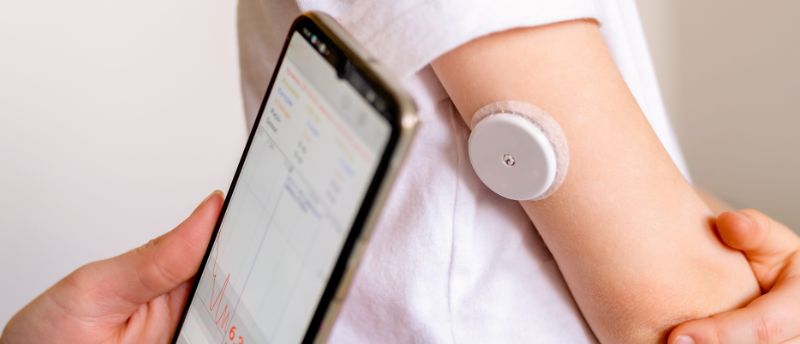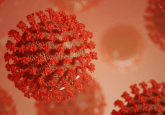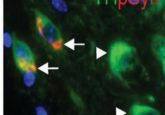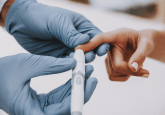Novel device for diabetes management

A new transistor-based sensor measures glucose in saliva, providing a novel option for the management of diabetes.
Researchers at the King Abdullah University of Science and Technology (KAUST; Thuwal, Saudi Arabia) have created a prototype sensor that measures glucose levels in saliva, which could offer a non-invasive and more convenient method to monitor diabetes.
Currently, people with diabetes monitor their blood glucose levels using a glucose meter with blood obtained from a fingertip prick, or with a continuous glucose monitor or flash monitor, which are implanted sensors that provide interstitial blood glucose readings. These methods are invasive and at times uncomfortable.
The sensor is based on a thin-film transistor, a lightweight device with low power requirements. Transistor-based biosensors are emerging as an inexpensive point-of-care test, however, they are limited due to their current sensitivity. Glucose levels in saliva correlate to blood glucose levels but the concentration is much lower, making it difficult to accurately measure levels in a sample of saliva.
To address these sensitivity issues and tune the device to detect glucose the team optimized the design of their transistor-based biosensor. The resulting transistor is made of thin layers of indium oxide and zinc oxide, two semiconductors, with the enzyme glucose oxidase on the surface. This enzyme selectively binds to and oxidizes any glucose present in the saliva sample to produce D-gluconolactone and hydrogen peroxide. Electrical oxidation of the hydrogen peroxide produces electrons that enter the semiconductor layers, changing the flowing current. The resulting change in charge density is indicative of the glucose concentration in the saliva, which correlates with the levels in blood.
 Making sure it sticks: mass spectrometry to trace the mechanism of covalent molecular glues
Making sure it sticks: mass spectrometry to trace the mechanism of covalent molecular glues
New study reveals how mass spectrometry can be used to determine the mechanisms used by molecular glues to stick to their targets.
In less than 60 seconds, this transistor sensor correctly measured a wide range of glucose concentrations in artificial and human saliva with different amounts of added glucose and in saliva samples from volunteers who had fasted beforehand. Volunteers fasted because glucose in saliva may not correlate with blood glucose immediately after eating. The sensor was not affected by other sugar derivatives such as fructose and sucrose.
The sensitivity of the thin-film transistor detector exhibited good operating stability when stored at room temperature for up to 2 weeks, however, its sensitivity did decline over time.
Commenting on the implications and potential impact of this new device, Abhinav Sharma, the first author of the study noted that, “an easy-to-use non-invasive glucose-measuring device using saliva as a medium could be life-changing for millions of patients worldwide.”
Senior author Thoman Anthopoulos explained that next, the team will develop an array of transistor sensors that can monitor several metabolites in saliva, with the possibility of integrating this technology into a smartphone.





